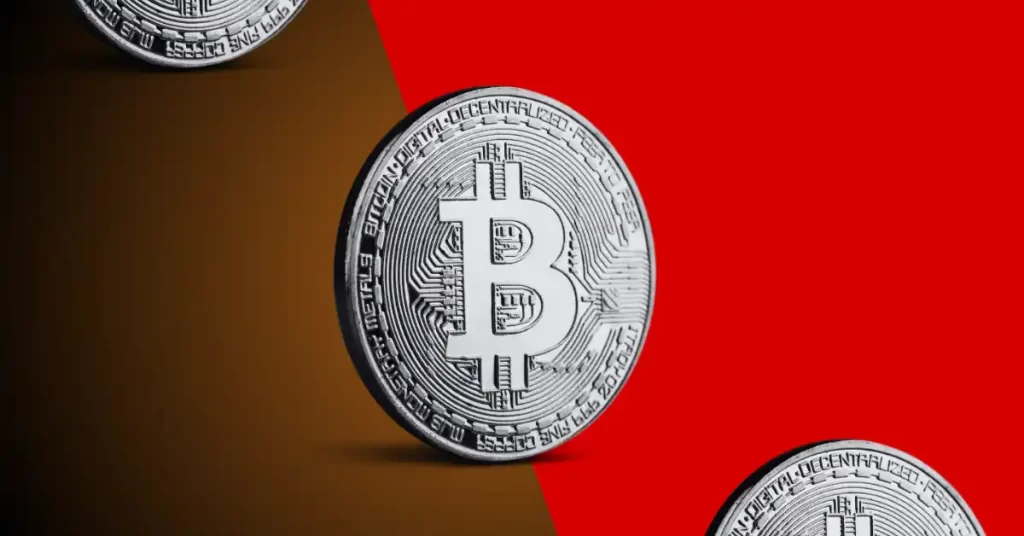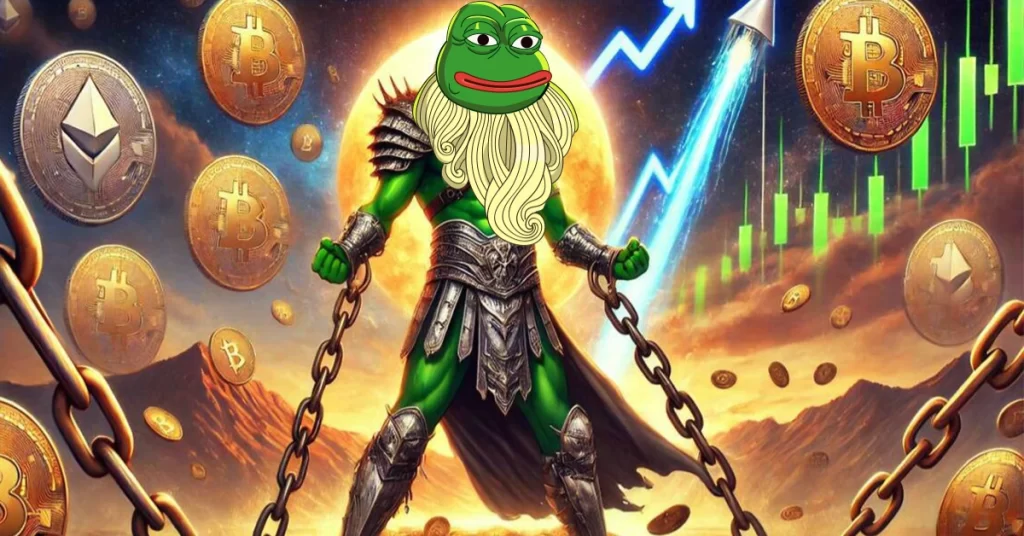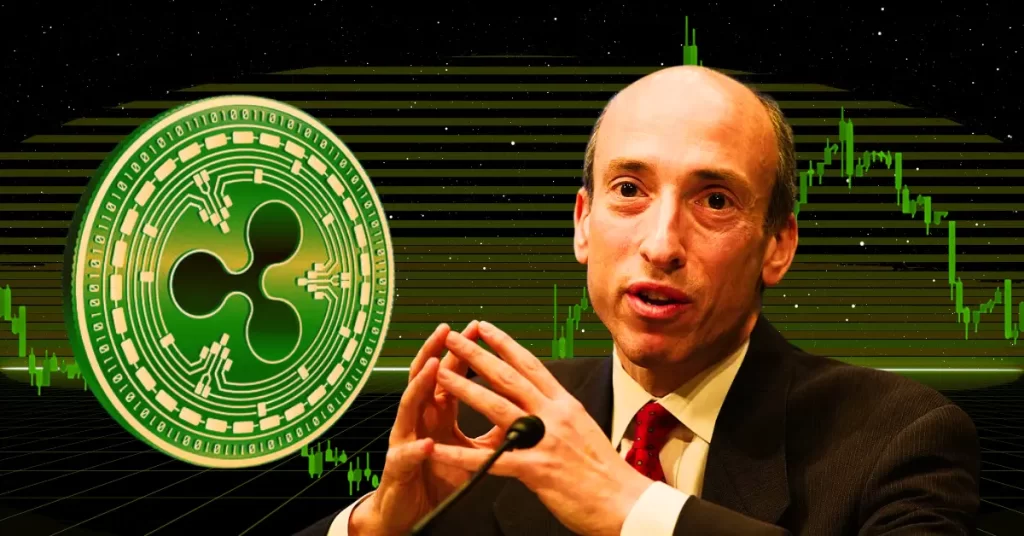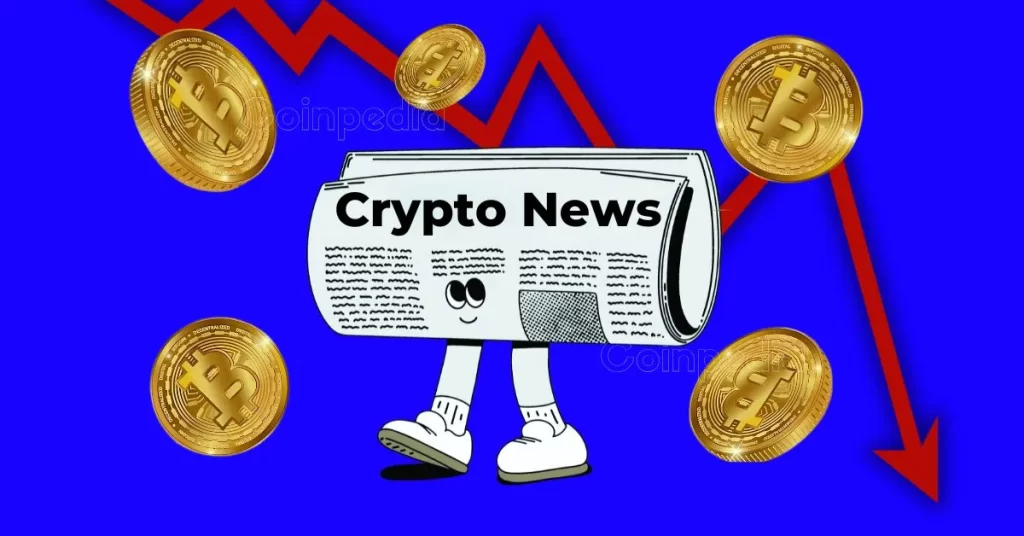Summary GBTC had already been trading at a large discount to Bitcoin. Now Bitcoin fell more, and GBTC's discount, to add insult to injury, widened further still. I explain why, as well as provide some hints for the future. For a long while, the Grayscale Bitcoin Trust ( OTC:GBTC ) has traded at a discount to NAV -- Net Asset Value, the value of the Bitcoin ( BTC-USD ) it holds. Indeed, one year and a half ago I wrote an article titled “ The Price For Grayscale Bitcoin Trust Makes Sense ”, on why this was the natural state for GBTC. I highly recommend reading that article, since it goes into much more detail than this one will, on the mechanics of the discount itself. Since then, and especially in the last few months (and weeks), this discount has widened further still. As of yesterday, the discount to NAV stood at 40.6% . Here’s how the discount has evolved over GBTC’s life : Coinglass.com, Theblock.co We can clearly see GBTC is now at a record discount to NAV. This begs an explanation, which this article will provide. The Reason Is Simple As I explained in my previous article, if GBTC holders need to exit their GBTC positions, there’s just one door: to sell. This is so because BGTC redemptions, at NAV, remain closed. That redemptions remain closed is obvious – there would be little to no discount to NAV if they were opened. Now, why do GBTC holders currently “need to exit”? They need to exit, in large part, because of recent events at FTX (FTT-USD). Indeed, the collapse at FTX. For some holders, it’s not even a “need to exit”. They are forced to exit. And since the only way to exit GBTC is to sell it. They are forced to sell it. Said another way, GBTC is under “forced selling” conditions and pricing. That drives the discount higher, since the sellers aren’t price-sensitive. They will just take whatever liquidity GBTC can provide; they’ll sell at whatever price there are buyers. We’re thus witnessing widespread GBTC liquidations. In a crisis you sell what you can, not what you want to. This is 1000x truer in a liquidity crisis, where your immediate liabilities requiring payment (for instance, withdrawals) exceed your liquid assets available to service them. First goes cash, then go cash equivalents, bonds, etc. Then goes anything which can be sold quickly and not at an extreme market impact. GBTC, in this sense, is a liquid asset. So, it gets liquidated (sold), because there’s no other way to convert it to cash – redemptions aren’t available. We have direct knowledge of at least one large forced seller, because we know the entity most under pressure held GBTC in its balance sheet (though already not a lot). Here’s a leaked FTX haphazard balance sheet, published on the Financial Times (subscription required) and elsewhere, supposedly put together by Sam Bankman-Fried himself on an Excel worksheet: Financial Times, others You’ll notice: That the level of immediate liquidity is extremely low, $900 million to face already more than $5 billion in withdrawal (USD and EUR) requests. That there’s still a bit of GBTC in there, in the “less liquid” column. There was likely more. And it’s one of the few easy to sell things which was still available to sell – some tokens in the same column might seem similar, but selling them would crash their value much more than selling GBTC, worsening the overall picture. I should add that there were rumors Alameda , connected to FTX, also held significant amounts of GBTC. These rumors are believable since Alameda and FTX shared positions in much of the same “less liquid” tokens as well. However, on FTX we have direct proof of ownership (however reduced already), while on Alameda it’s just rumors. Finally, much as FTX and Alameda held GBTC, so did other crypto and DeFi companies, from many of which FTX and Alameda had borrowed money. FTX’s and Alameda’s collapse equally put pressure on many of these DeFi companies, leading them to sell whatever they could to meet redemptions. Some, like BlockFi, eventually stopped being able to honor such redemptions, and had to close them. A curiosity here: Grayscale and BlockFi share the same owner, DCG (Digital Currency Group), which also owns Coindesk. A few observations: Since there’s a link to GBTC, there’s a higher likelihood these entities held GBTC. Although there shouldn’t be any cross-liability, an attempt to rescue the lending arm might lead DCG to attempt something which could produce a reduction in the GBTC discount. Namely, liquidating the trust (as long as it owns enough of it), which would entirely remove the discount and give access to the underlying value at NAV. This would generate free money, which would be useful in dealing with the crisis. However, at the same time this would kill the GBTC golden goose which regularly puts out commission eggs. GBTC has a 2.0% management fee. And this is charged on NAV. Hence, at the current $10.5 billion NAV, GBTC generates in excess of $200 million per year in management fees. It’s hard to liquidate the fund and let go of such income stream. Anyway, it’s obvious that liquidations tied to the FTX/Alameda collapse were the latest catalyst creating a higher GBTC discount still. Alongside, worsening crypto sentiment will also have contributed (again, the only way out is to sell). Indeed, worsening sentiment had already created a long slide in the discount. What About Looking Forward? As I said 1.5 years ago, it was my view that cryptocurrencies in general were a bubble. That bubble has deflated substantially. The whole cryptocurrency market was worth $2-$2.1 trillion when the previous article was written. Now, even though the market is comprised of a yet higher number of cryptocurrencies, the whole market is worth “just” $830 million . There is still a lot of irrationality in this shrunken market. Shiba Inu-themed joke coins like Dogecoin (DGE-USD) or Shiba Inu (SHIB-USD) are still worth $11 billion and $5 billion, respectively. There are large potentially dubious stablecoins being worth as much as $66 billion still. Hence, arguably, there’s potentially a lot more downside out there. At the same time, though, we have three realities: First, is that the current market (for GBTC and cryptos in general) is – as explained -- one of forced liquidations. Typically, markets tend to bottom when forced liquidations happen, even if only temporarily. Second, is that GBTC’s discount is so large, that it discounts not the current crypto market size, but a crypto market size (and Bitcoin worth) that’s 40% lower. It’s perfectly possible that a crypto rebound would simultaneously see GBTC’s discount narrow, perhaps substantially (to, say, 20-25%). This would make GBTC outperform Bitcoin on a rebound. Third, on the other hand, we might be close to a recession in the U.S. (and EU) on account of higher interest rates, impact on housing, less stimulus and a negative wealth effect, just to name a few factors. Recessions typically lead to a level of asset liquidation as well, so this is a potential negative for Bitcoin, crypto in general, and GBTC as well. This is a negative. Weighing these factors, I’d tend to -- at the current GBTC price -- be temporarily neutral on GBTC even if I remain negative on crypto in a longer-term view.


















